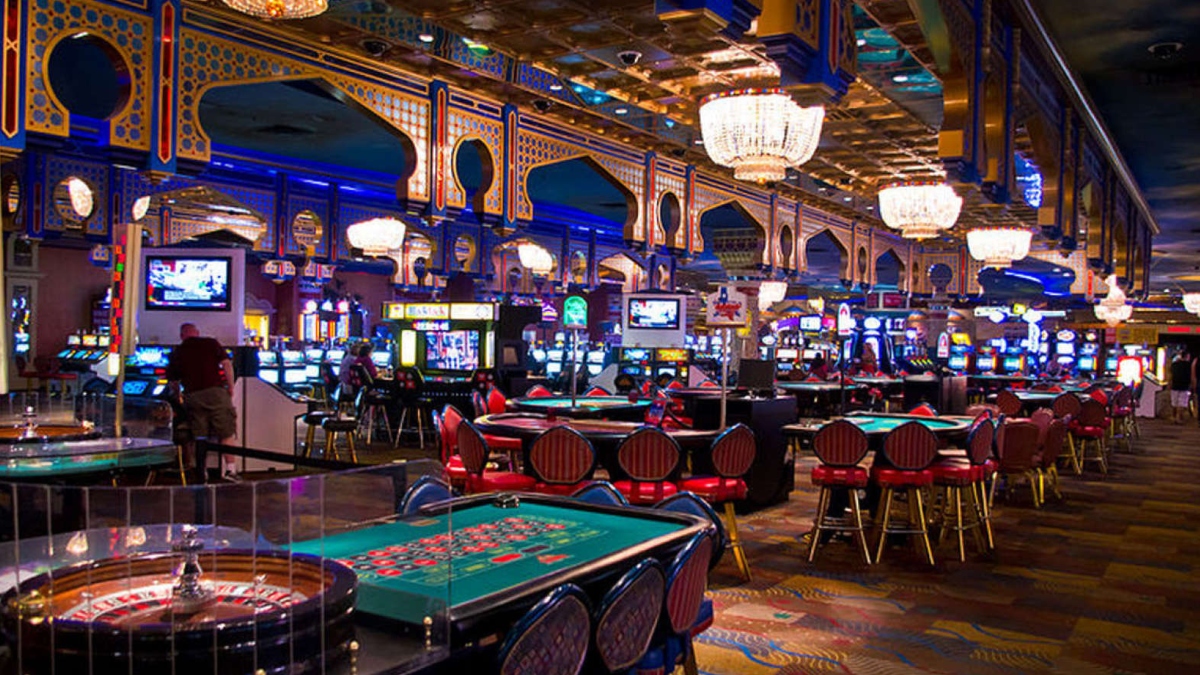
Gambling games have long captivated the human imagination, drawing players into a world filled with fortune, tactics, and the allure of adventure. Each experience is meticulously crafted not just for fun, but also to evoke particular emotional responses that keep participants immersed and interested. Understanding the motivations behind these designs reveals much about how behavioral psychology plays a key role in the gaming experience.
From the bright lights and vibrant sounds to the complex layering of systems and payoffs, casino games are designed to create an atmosphere of anticipation and eagerness. Game designers leverage behavioral strategies to influence gambler behavior, whether through the use of winning opportunities, near-miss scenarios, or social connections. By examining these elements, we can better appreciate how casino games fulfill not just a want for entertainment, but deeper psychological needs for adventure and hazard.
Comprehending Player Actions
Casino games are engineered with a thorough comprehension of gamer psychology, which is crucial for luring and retaining players. The rush of the game, coupled with the expectation of winning, creates a strong draw. Game designers make use of elements like sound effects, vibrant graphics, and immersive gameplay to engage attention and elicit emotional responses. These sensory experiences enhance the overall experience, making players feel more involved in the game.
Another significant aspect of player behavior is the idea of risk and reward. Casino games often manage risky situations with the potential for significant rewards, which can lead to the occurrence known as near-miss experience. When players come near to winning, the brain produces dopamine, strengthening their behavior and prompting them to persist playing in pursuit of that elusive win. This cycle of anticipation and letdown plays a critical role in how games are constructed and promoted. sin88.name
Lastly, community aspects also play a pivotal role in player behavior at casinos. Many games are crafted to be played in teams or with other players, fostering a sense of community and shared experience. The community engagement inherent in games like blackjack enhances enjoyment and can culminate in prolonged gaming periods. Designers capitalize on this by crafting environments that prompt players to linger, socialize, and revisit, making the overall casino experience more appealing.
The Role of Imagery and Sound
Imagery and audio play a vital role in enhancing the gambler’s experience within gambling games. Designers utilize bold colors, striking graphics, and captivating animations to grab gambler’s attention and sustain their focus. The use of themes, such as exploration or opulence, helps create an immersive atmosphere that takes players into a different world. By connecting to the senses, these elements contribute to a intensified emotional response, encouraging players to engage more deeply with the games.
Audio design is equally important in reinforcing the experience of casino games. The mix of ambient music, sound effects for winning combinations, and environmental noises creates an auditory landscape that keeps players fascinated. Audio cues associated with wins, such as chiming bells or celebratory music, evoke feelings of excitement and satisfaction, prompting players to continue playing. These sound cues are carefully placed to amplify the excitement of the game and create a more engaging experience.
Additionally, the synchronization of imagery and audio is essential for reinforcing the game’s overall theme and mood. Each element should align seamlessly to create a cohesive experience that pulls players in. The effective use of this synergy not only enhances user satisfaction but also increases the likelihood of repeat play, as players become more engaged in the immersive world that the gambling games offer. This thoughtful integration of imagery and sound ultimately enhances player involvement and loyalty.
Incentive Structures and Participation
The development of gambling games greatly relies on reward systems to ensure players engaged and returning for additional experiences. These structures are rooted in behavioral principles that exploit human behavior and motivation. Players are often motivated by the excitement of winning, which is supported by immediate responses through the game’s design. This instant gratification not only improves the gaming experience but also cultivates a feeling of success, encouraging participants to continue playing in hopes of bigger gains.
Casinos utilize various reward structures, such as large payouts, extra rewards, and increased rewards, to captivate players. These features create a level of thrill that maintains engagement. Additionally, the randomness of results plays a significant role in keeping interest. The variable reward system, where wins are random but happen often enough, keeps players on edge and driven to keep playing. This cycle of anticipation and expectation is essential to the success of gambling experiences.
In addition, community aspects, such as competitive events and multiplayer features, boost the participation factor by leveraging the competitive nature of participants. The communal aspect of playing with fellow participants can intensify the thrill of winning and create a sense of community within the casino. By combining these community elements with effective incentive structures, gambling experiences don’t just provide entertainment but also foster a stronger bond among participants, reinforcing their loyalty to the overall experience.